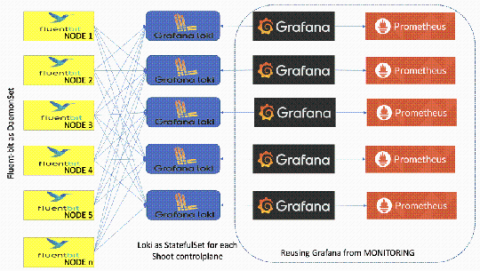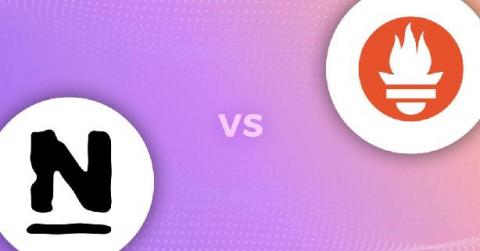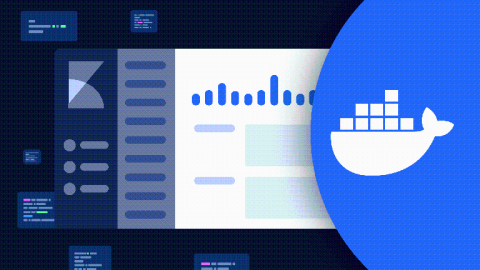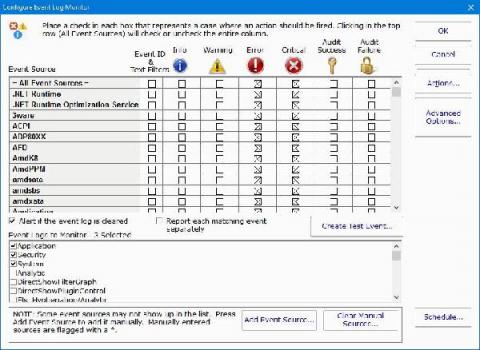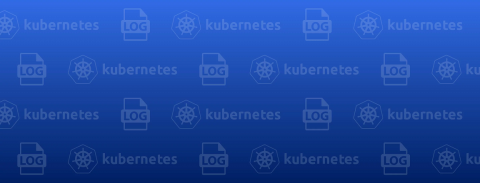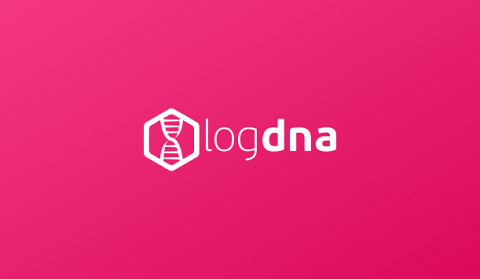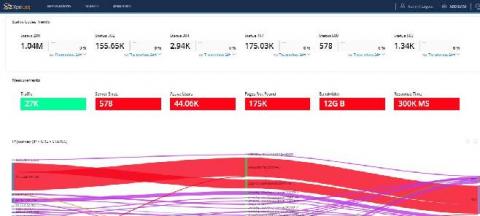Operations | Monitoring | ITSM | DevOps | Cloud
Logging
The latest News and Information on Log Management, Log Analytics and related technologies.
Gardener, SAP's Kubernetes-as-a-service open source project, is moving its logging stack to Loki
Kristian Zhelyazkov is a developer at SAP working on Gardener, the SAP-driven Kubernetes-as-a-service open source project. In this guest blog post, he explains why the project is moving its logging stack to Loki.
Prometheus vs Nagios
Production environment stability and high availability are the holy grail of every SaaS company. R&D organizations put a lot of effort into achieving these goals by implementing different monitoring and alert methodologies and by utilizing a variety of systems and tools. Mean-time-to-detect (MTTD) and mean-time-to-repair (MTTR) are two crucial KPIs that help R&D management personnel determine the efficiency and proficiency of their teams’ responses to production incidents.
Managing Docker Logs with ELK and Fluentd
This article provides an overview of managing and analyzing Docker logs and explores some of the complexities that may arise when looking through the log data. We will go through the default logging approach, as well as look at some more advanced configurations that will make diagnosing issues in your Docker-hosted applications much easier going forward.
Server Monitoring and Alerts - Getting Past Common Obstacles
Keeping a server running optimally on a consistent basis involves managing multiple system elements simultaneously. Automated scripts and specialized software can handle the tasks your server needs to complete on a daily basis—but when one of these experiences an error, it can throw the entire system off.
Kubernetes Log Management: The Basics
Log messages help us to understand data flow through applications, as well as spot when and where errors are occurring. There are a lot of resources for how to store and view logs for applications running on traditional services, but Kubernetes breaks the existing model by running many applications per server and abstracting away most of the maintenance for your applications. In this blog post, we focus on log management for applications running in Kubernetes by reviewing the following topics.
Logging for DevSecOps
Logging is probably not the first item to come to mind when most of us think about DevSecOps, a term that refers to the integration of security into DevOps processes, but it should be. Logging and log management play a critical role in helping to put DevSecOps principles into practice by ensuring that developers, IT operations staff, and security teams have the visibility and communication pipelines they need to prioritize security at all stages of the DevOps delivery cycle.
What is Logstash?
In this article, we are going to have a quick introduction to Logstash, a very popular application for collecting, processing and filtering log data – and see how it works. We will review plugins, installation and configuration of Logstash, we will briefly mention Beats, and also compare Logstash to other log collectors and review Logstash alternatives.
Splunk and the WEF - Working Together to Unlock the Potential of AI
Use of AI can be critical when developing systems to support social good, with some inspiring examples using Splunk in healthcare and higher education organisations. According to our State of Dark Data report, however, only 15% of organisations admit they are utilising AI solutions today due to lack of skills. So how can we help organisations unlock the potential of AI?


